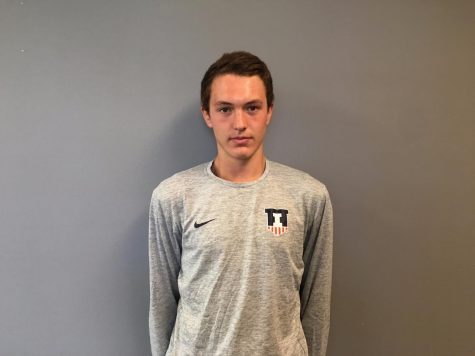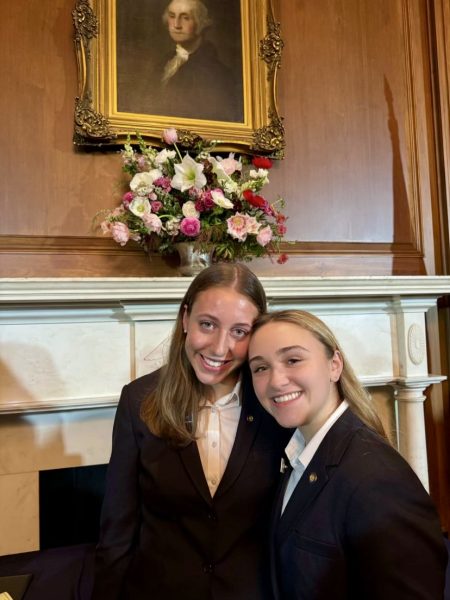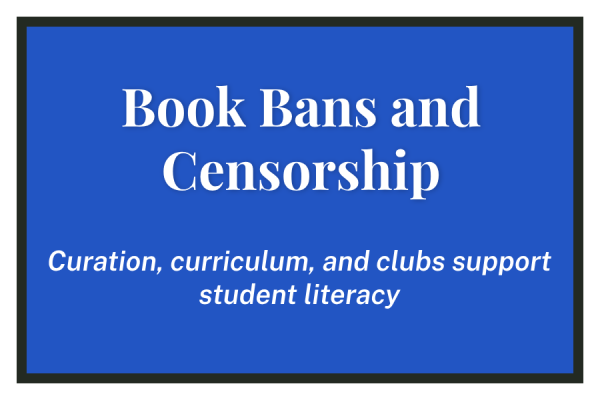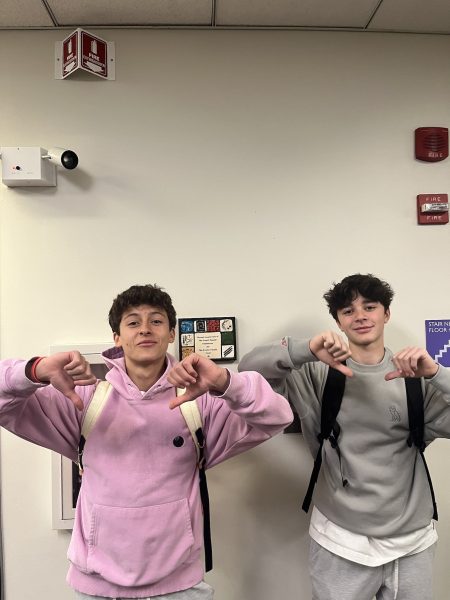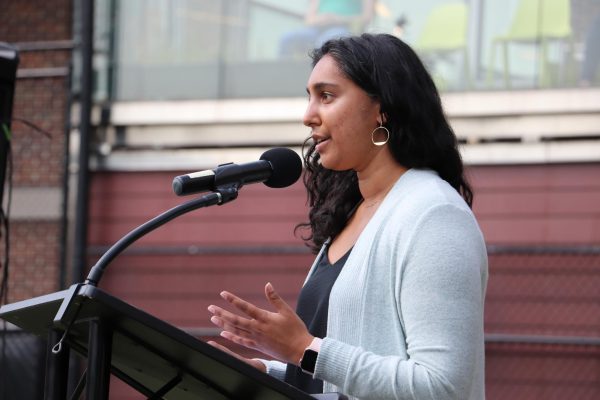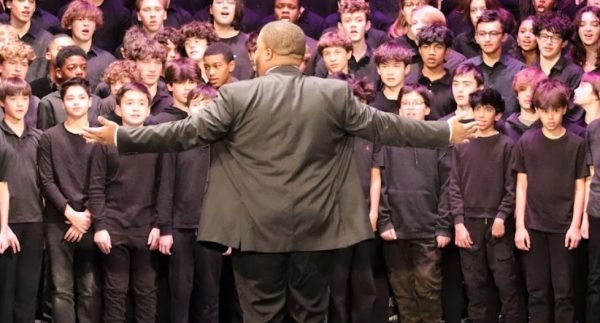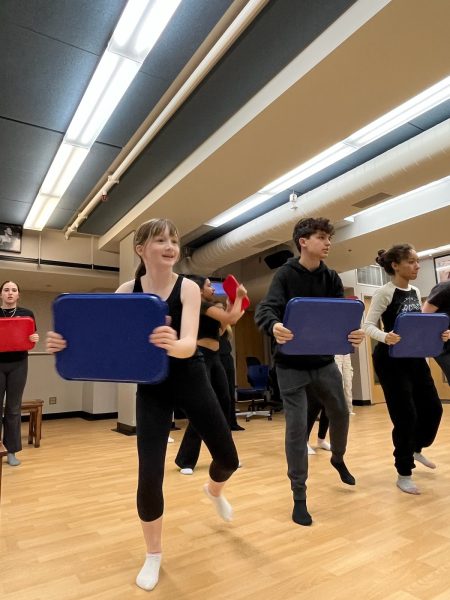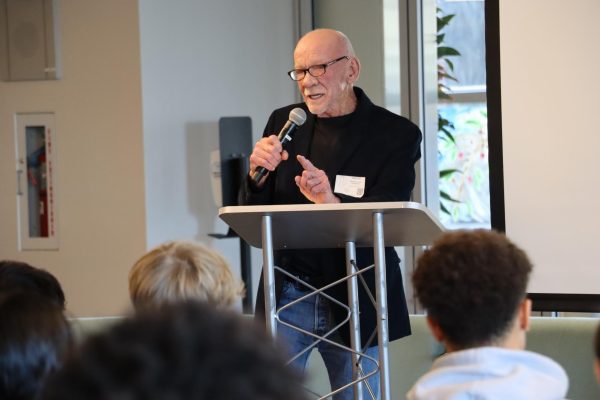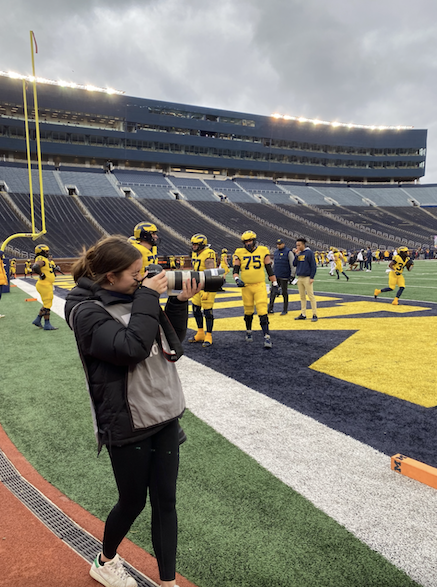History or Conspiracy?
New Knowledge of JFK’s Assassination
While members of the “Weekly” staff spent the days of November 17 and 18 attending the JEA/NSPA Fall National High School Journalism Conference in Dallas, Texas, the early afternoon of the 19th was spent learning more about the assassination of the 35th President of the United States, John Fitzgerald Kennedy.
The group, whose intrigue was further provoked by President Donald Trump’s decision to release previously confidential documents regarding Kennedy’s death, came away from the experience with the perspective that conspiracy theories like, birtherism, will forever be a part of society as they always have been. We saw with our own eyes that the JFK assassination conspiracy is alive and well.
On that sunny morning, the group, consisting of two sophomores, two juniors, and five seniors, as well two chaperones, was greeted by tour guide Scott Dew at the corner of Elm Street and Houston Street a mere 50 yards from where Lee Harvey Oswald, Kennedy’s assassin, fired his three shots almost 54 years earlier.
Dew, a 30-year independent Kennedy tour veteran, first led the group through Dealey Plaza, which includes a memorial to Kennedy and sits directly across from Oswald’s sniper spot. On November 22, 1963, Kennedy was on his way to give a speech about the duty of mankind in a motorcade in downtown Dallas.
The first shot missed Kennedy and hit a curb on the road. Oswald’s second shot struck Kennedy and Texas governor John Connally, while the third struck Kennedy exclusively, or so that’s what most experts, including the official Warren Commission, think.
Something else the group encountered– atop what journalist Albert Merriman Smith later called “the grassy knoll” down the street from the plaza– were individuals preaching a conspiracy theories regarding Kennedy’s assassination. The two men, Robert Groden and Marshal Evans, believed that Oswald plotted with others, contradicting what so many experts have thought. Many tourists stopped to listen.
A Dallas nightclub operator named Jack Ruby, killed Oswald the day after the assassination while detectives were escorting Oswald to the county jail.
Dew said, “Jack Ruby killed Oswald because he embarrassed Dallas.”
“With all of the evidence out now, I believe Oswald was our man,” Dew said, refuting the conspiracy theorists, Dew said. “There wasn’t a second shooter.”
Dew said that individuals like Groden and Marshal believe that there was another gunman hiding in the sewage drain on Elm Street waiting for Kennedy’s arrival, which he discredits with evidence from Kennedy’s autopsy.
“I don’t necessarily question what happened,” senior and Editor-in-Chief Josh Marks said. “But it was definitely interesting to hear about the conspiracies and see some of the people who believe them.”
Conspiracy theories surrounding Kennedy’s death are nothing new, as many have questioned the legitimacy of Kennedy’s autopsy and police reports and wounded about his connection to organized crime.
Still, it’s fascinating that counter-narratives and conspiracy theories even in the face of such certainty against them have persisted in society. And this happens with other topics too. For example, President Trump’s rhetoric regarding the legitimacy of former President Barack Obama’s birth certificate united Trump’s supporting base in unprecedented ways. Regardless of the fact that the courts have confirmed Obama’s birth certificate, Trump’s supporters find a sense of identity in their refusal to believe.
This sort of unification has occurred for some time but is taking a more modern form in what people are now calling “fake news.” Declarations of “fake news” are a modern way for individuals to combat the truth in their own way.
